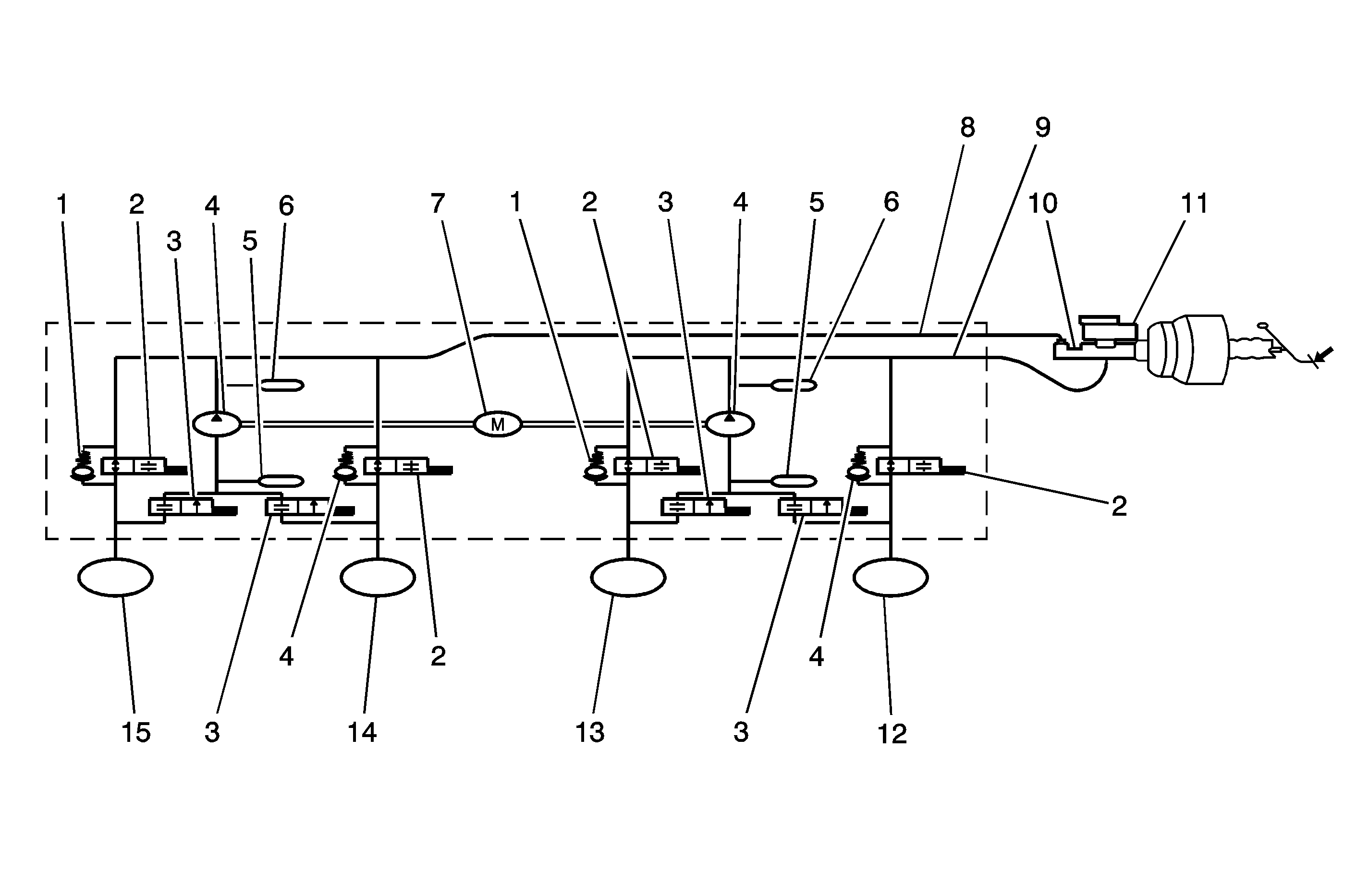If the information from the wheel speed sensors indicate excessive wheel deceleration (imminent lockup), the first step in the antilock sequence is to isolate the brake pressure being applied by the driver. The electronic brake control module (EBCM) sends
a voltage to the coil to energize and close the inlet valves by pulling down on the armature. This prevents any additional fluid pressure applied by the driver from reaching the wheel. Though each channel of the 4-channel system can operate independently, once
any front channel (brake) sees excessive deceleration, both front inlet valves are energized and close thus, with the inlet valves closed, further unnecessary increases in the brake pressure will be prohibited.
If the wheel locking tendency continues, the electronic brake control module (EBCM) releases the hydraulic pressure at that brake by opening the outlet valve for that wheel.

